Data Modeling 301 for the cloud: data lake and NoSQL data modeling and design
erwin
AUGUST 15, 2022
For NoSQL, data lakes, and data lake houses—data modeling of both structured and unstructured data is somewhat novel and thorny. This blog is an introduction to some advanced NoSQL and data lake database design techniques (while avoiding common pitfalls) is noteworthy. Data Modeling.

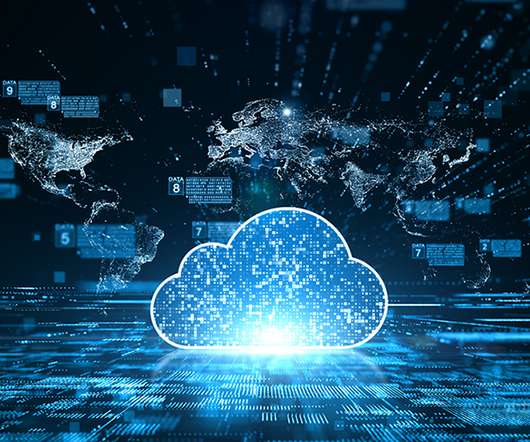


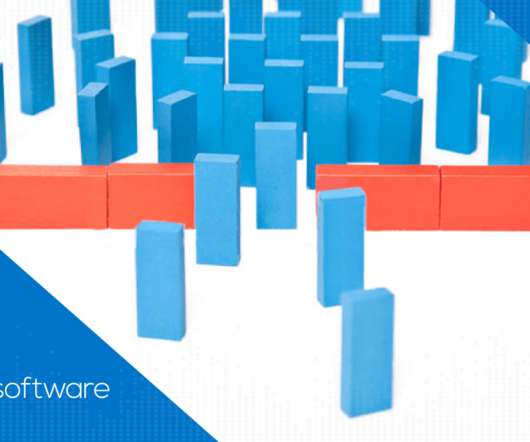
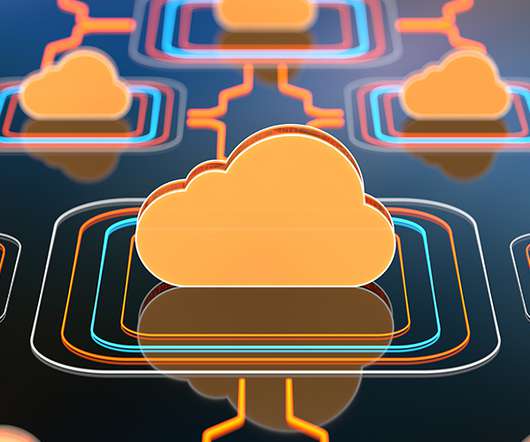
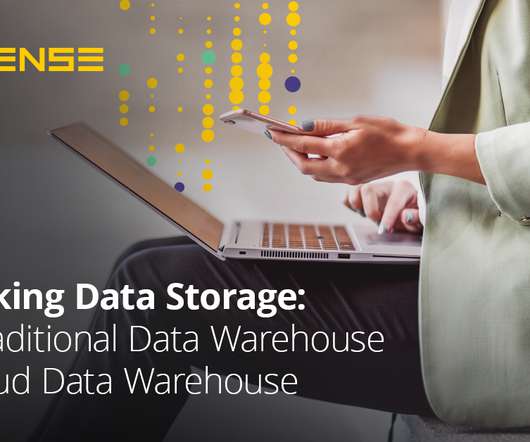

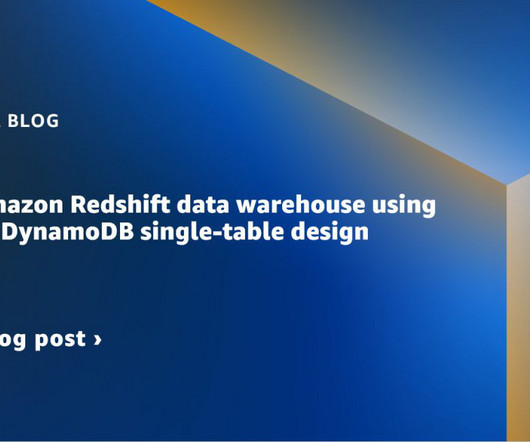









Let's personalize your content